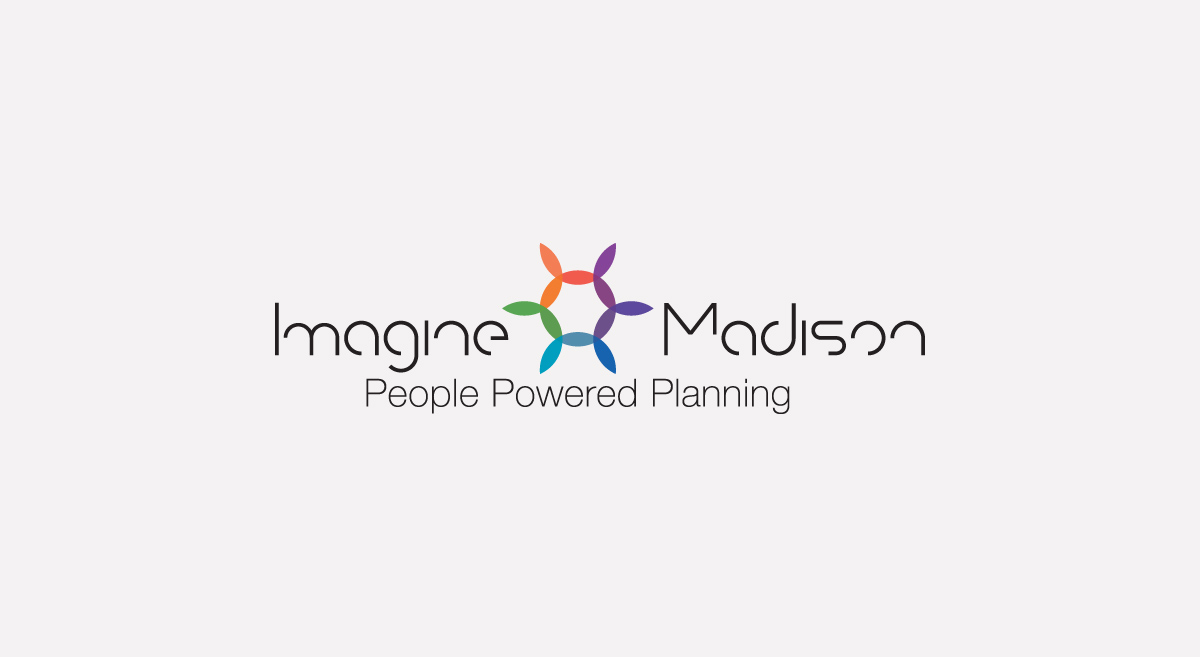
On May 1, the Imagine Madison project released its comprehensive plan for the future look of the city and opened it up for public review. Since then, a number of resident panels representing as diverse a group as possible have been participating in giving feedback concerning the future of Madison.
The issues range from architecture to culture to transportation. The meetings are in response to a State Statute that requires every city to have a comprehensive plan for the future that is updated every ten years.
This was to provide an update to the 2006 plan and different aspects of the plan can be implemented at any time after being approved by the Madison Common Council.
Because of the diversity in and around the Madison area, Imagine Madison wanted to make sure to include an array of groups for resident panels.
“We tried something new to make sure we were doing a better job reaching diverse people and so we partnered with different community organizations to make sure we had low-income residents, Hmong residents, Black and Hispanic residents, the LGBT community involved,” said Kirstie Laatsch, one of the planners for the project.
Laatsch said there have been 16 resident panels in total, all of which she said included people of color. She said they provided funding so that participants could have funds to cover things like translation services, child care, meeting centers and that they made it as flexible and convenient as possible for different residents to attend.
“We tried to make it as flexible as possible,” Laatsch said. “So these groups each met a couple of times during the process and talked about different goals people in the city want to see met. Overall it was a really good program. It wasn’t perfect but it was a really good step in the right direction. One of the things we made sure to do was keep the feedback from the different sources separate. The panels all did the same activities but we heard different feedback from different panels. On thing we heard from all of the resident panels was that we need transit services to nearby cities like Milwaukee, Minneapolis and Chicago.”
The most consistent themes from the resident panels was the need for safe spaces around Madison for people of color and underrepresented members of the community, as well as developing jobs that produce a living wage.
The Comprehensive plan has four sections, one of which focuses on several of those issues, particularly the aspect of safe spaces for residents of color and architecture that represents a wider swath of the culture.
The plan talks in detail about the strategy to improve the spaces around Madison for communities of people who have not been represented or communities of color that are often left out.
The plan identifies three actions that the city can take to create safe and affirming community spaces that bring people together and provide social outlets for underrepresented groups.
The plan calls for the need to have members of the community help inventory existing spaces or unused spaces across the city that could be used for cultural things or just become places where people get together. Imagine Madison hopes to get residents talking about ways these places could help address the needs in each person’s neighborhoods.
Hand in hand with that is the need to address the suburban areas in Madison. Madison has been expanding suburban areas particularly out near the north side and by Middleton. But many of those new developments have been criticized as being sort of boring or generic, and certainly don’t feel inclusive to many residents. In Madison, the separated, segregated, nature of the city’s layout can add to the feeling that some of the developments aren’t for everyone.
The Comprehensive Plan included the idea that the City should specifically review proposals for new subdivisions and projects to make sure they have inclusive spaces for different cultures. This, however, has been an age-old issue around Madison, which is why it’s so vital for members of the community to weigh in on the Imagine Madison update.
“We are going to need help from the community in implementing things,” Laatsch said. “We want to make sure we have things prioritized along the way. We’ve heard a lot of different ideas. We’re planning to put out a yearly progress report to look at what we’ve accomplished and what still needs to be done.”
Section 3 of the plan also looks to have artists and other talent help find ways to expand the types of music, events and gatherings that take place around town. It cites the City’s task force on Equity in Music and Entertainment as an entity that has helped improve the community by making sure that hip-hop is more accepted out in public spaces.
In that vein, Madison routinely has an array of summer festivals representing different cultures. Some, however, have contended that these are mostly gatherings at which white residents “experience” other cultures rather than those cultures having a space to express their culture.
The other sections of the Comprehensive Plan cover plans for the city in terms of Government, transportation, architecture, finances.
Feedback from residents is still welcome on the website as well. There will be continued community gatherings and meetings throughout this process until the common council meets about it later this summer.
“We are still looking for people to comment on the plan,” Laatsch said. “It’s all on our website. People can comment on the plan or come to upcoming meetings and have their voices heard about different topics around the city.”
There is no set timeline for the comprehensive plan to be implemented but it will again be updated in 10 years.
The next public forum will be Thursday, May 31 at 4 pm at the Central Library in Room 104.



